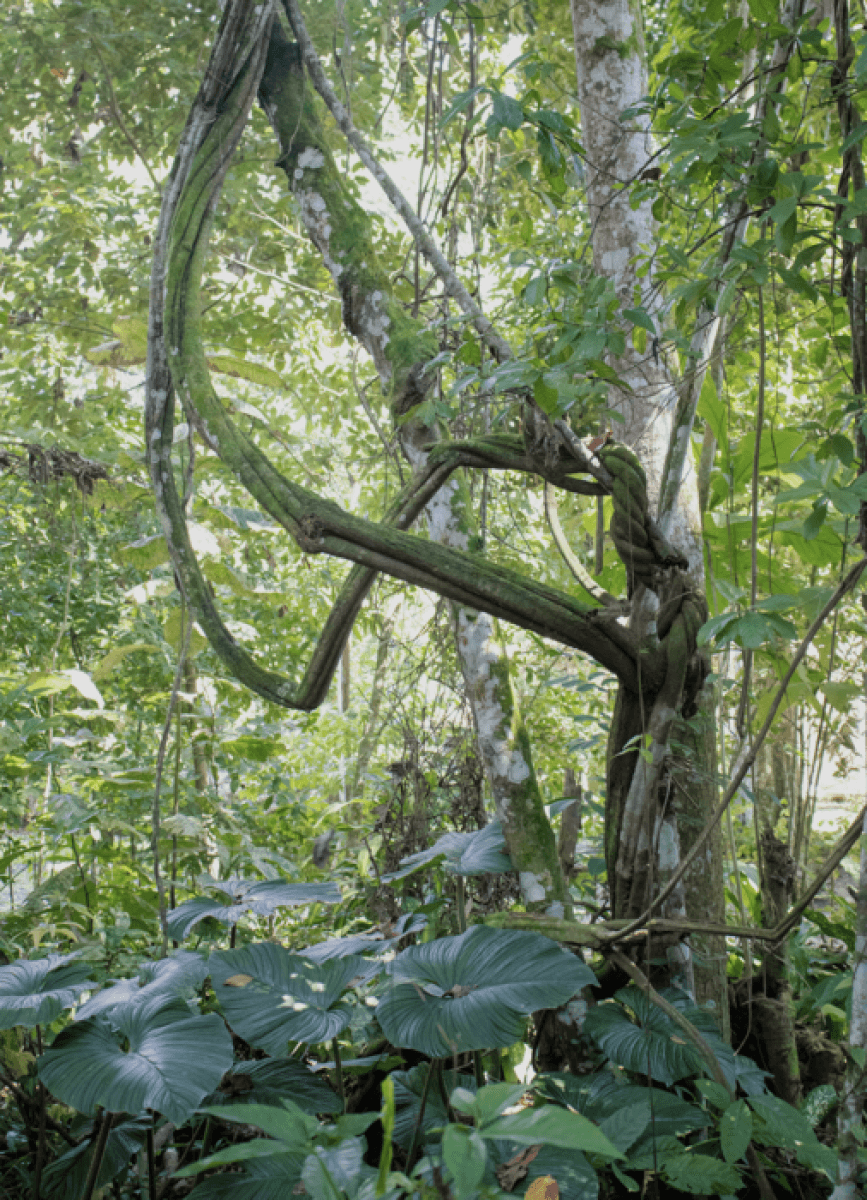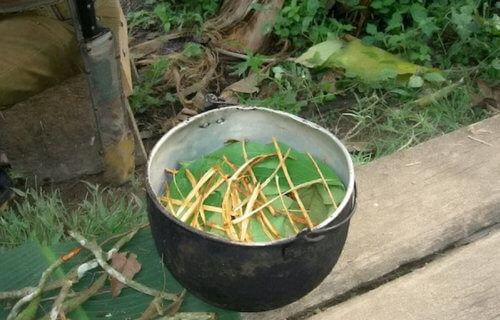RIVERSIDE, Calif. — Traditional music combined with ayahuasca may be able to help people overcome their addiction to drugs and alcohol. A researcher from the University of California-Riverside has found that a year-long program in South America using music and ayahuasca healing ceremonies helped men dealing with substance use disorders.
The rehabilitation at the Takiwasi Center for Drug Addiction Rehabilitation and Research on Traditional Medicines in Perú focused on the use of icaros, traditional songs sung in Spanish, Quechua, other Amazonian Indigenous languages, and French. UCR doctoral ethnomusicology student Owain Graham says his study captured the healing power of icaros for the first time in the center’s 30-year history.
Although there needs to be more research into how music can act as a therapeutic tool for addiction, Graham believes there’s a promising future for music in the treatment of substance abuse patients. During a nine to 12-month program at the Takiwasi Center Graham discovered that 67 percent of the participants did not return to substance abuse. Roughly 86 percent of the participants displayed significant improvement on the Addictions Severity Index.
While reviewing 180 responses between 2017 and 2019, every patient said icaros changed their psycho-emotional state. The songs also effected healing tied to “unblocking,” a process researchers also refer to as “cleansing” and “removing.” This also ties into ayahuasca’s reported ability to purge the system — both mentally and physically.
“Ethnomusicologists and medical anthropologists understand the role that music plays in healing among many cultures,” says Graham in a university release. “While Western biomedicine’s foundation in science is strong, it has also neglected to explain the connection of mind-body and how music can effect healing.”

Why did the center only include men?
The Takiwasi Center only hosts men for a number of reasons. First, researchers say most of the world’s substance addicts are men. Second, according to the guidance of Amazonian healers, the treatment program in Perú requires complete focus — meaning participants need to abstain from sex. With that in mind, women do not live in the rehabilitation community, although they can come and receive treatment and participate in healing ceremonies.
As for the ayahuasca portion of the treatment, the psychedelic drink has gained a lot of media attention in recent years. However, it was an ancient cultural practice long before its modern popularity.
At the Takiwasi Center, the staff use monitored psychedelic-assisted psychotherapy along with icaros to shift men away from using drugs. Graham says his research revealed that illnesses like addiction are not just a physical ailment, but also have their roots in social spiritual issues.
Over the last decade, Graham has been studying the link between music and altered states of consciousness. The new study led him to realize that previous research into psychedelics as a medical treatment have all lacked a focus on music as a helpful sidekick.
“I got to thinking, ‘Maybe I can add something to this conversation. Maybe I can help add some context and hopefully amplify the perspectives of traditional healers using these medicines/substances.’ The healers inherited practices going back hundreds of years to their ancestors,” Graham explains.
This treatment isn’t a quick fix
Traditional healers guide the ayahuasca ceremonies, which can last up to six hours. Meanwhile, the music emotionally and mentally transitions patients from one stage to another.
So, are icaros and ayahuasca healing ceremonies enough to treat addiction around the world? Graham warns against setting unrealistic expectations for the treatment. Takiwasi’s program takes nine to 12 months to complete. Participants also have to integrate lessons and process their personal trauma that led them to substance abuse. Simply put, this isn’t a quick fix.
“I would caution people in both directions. A lot of people have been hearing more about ayahuasca in the past 10-15 years. Some claim they were reborn, with some major trauma healed after one ayahuasca session. That can happen, but that is not the normal case,” Graham concludes. “What’s important to note is that there needs to be more collaboration between researchers across disciplinary lines. Clinical researchers should be thinking of more traditional uses as they create therapies in hospital-type environments.”
The findings are published in the journal Anthropology of Consciousness.

